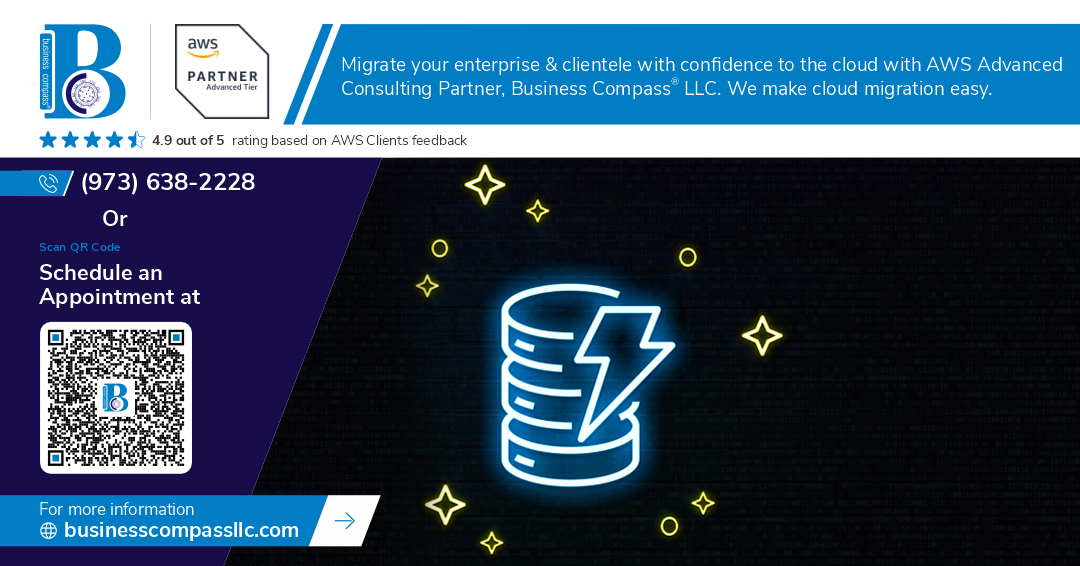Data engineers and analytics teams struggling with DynamoDB analytics can now breathe easier. Amazon Athena’s SQL capabilities combined with DynamoDB’s NoSQL database creates a powerful solution for real-time data analysis without complex ETL processes.
This guide walks through connecting these AWS services to build an automated analytics pipeline. You’ll learn how to set up the foundation for Athena-DynamoDB integration, automate query configurations with practical code examples, and implement real-time analytics dashboards that deliver immediate insights from your DynamoDB data.
Perfect for AWS practitioners who need to extract business intelligence from DynamoDB without compromising performance or breaking the bank on additional services.
Understanding Athena and DynamoDB Integration
The power of combining AWS Athena with DynamoDB
Ever tried to analyze NoSQL data without jumping through hoops? That’s where Athena and DynamoDB shine together. Athena lets you query DynamoDB data using familiar SQL, turning complex NoSQL structures into accessible insights without moving data around. No servers to manage, no ETL headaches—just direct access to your operational data.
How this integration enables real-time analytics
The magic happens when fresh DynamoDB data becomes instantly queryable through Athena. Your analytics now run on live data, not day-old snapshots. The connector handles all the heavy lifting, converting between DynamoDB’s document model and Athena’s SQL interface. Business teams get answers in minutes instead of waiting for overnight data loads.
Key benefits for data teams and business intelligence
Data teams win big with this setup. No more building custom pipelines or waiting for IT to provision resources. Analysts use familiar SQL skills while working with modern NoSQL data. BI tools connect directly via JDBC/ODBC, bringing DynamoDB insights into dashboards everyone already uses. Plus, you only pay for the queries you run.
Common challenges this integration solves
This combo tackles the toughest data problems head-on:
- The “separate worlds” problem where operational and analytical data never meet
- Performance bottlenecks from running analytics on production databases
- Schema evolution headaches when DynamoDB structures change
- Cost explosions from duplicate data storage in multiple systems
- The skills gap between NoSQL developers and SQL analysts
Setting Up the Foundation
Prerequisites for Athena-DynamoDB connectivity
Before diving into Athena-DynamoDB integration, you’ll need an AWS account with both services activated, the AWS CLI configured, and a populated DynamoDB table. Don’t skip setting up proper networking—VPC endpoints are crucial if you’re working within a VPC environment.
Required IAM permissions and security considerations
Your IAM policy needs specific permissions: athena:*, glue:*, s3:* for query results, and dynamodb:* for table access. Security isn’t optional here—encrypt data at rest using AWS KMS and implement least privilege access control to prevent unauthorized queries.
Data modeling best practices for optimal performance
Smart data modeling makes or breaks your Athena-DynamoDB setup. Partition your data logically, use projection expressions to limit returned attributes, and leverage filter pushdowns to minimize data scanned. Avoid scanning entire tables—your wallet will thank you.
Automating Athena Query Setup
Automating Athena Query Setup
Setting up automated queries for Athena and DynamoDB doesn’t have to be painful. With the right approach, you can build pipelines that do the heavy lifting for you. Think about it – your data flowing seamlessly from DynamoDB to Athena without you lifting a finger. That’s the dream we’re making reality here.
A. Creating automated ETL pipelines
AWS Glue is your secret weapon for ETL automation with DynamoDB and Athena. Create crawlers to discover your DynamoDB schema, then set up jobs that transform and load your data into S3 – ready for Athena to query without you writing a single line of complex code.
B. Using AWS Lambda for query automation
Lambda functions shine when automating Athena queries. Just write a function that calls Athena’s API, passes your SQL, and handles the results. Drop in some Python, set triggers, and watch your queries run themselves whenever new data arrives in your DynamoDB tables.
C. Implementing CloudWatch Events for scheduling
Need queries to run on a schedule? CloudWatch Events has your back. Set up rules to trigger your Lambda functions hourly, daily, or whenever makes sense for your analytics needs. It’s like having a personal assistant who never misses a deadline.
D. Error handling and monitoring strategies
Even automated systems hit snags. Build robust error handling into your Lambda functions – catch exceptions, implement retries for transient errors, and route failures to SNS topics. Then set up CloudWatch alarms to notify you when things go sideways before users notice.
E. Cost optimization techniques
Athena charges by data scanned, so get smart about costs. Partition your data, compress files, convert to columnar formats like Parquet, and use WHERE clauses that leverage your partitions. You’ll cut your bill dramatically while getting faster results. Win-win.
Real-Time Analytics Implementation
Real-Time Analytics Implementation
A. Designing efficient query patterns
Ever tried to sift through millions of records in seconds? That’s what we’re after with DynamoDB and Athena. Design your queries with clear partition keys aligned with your most common access patterns. Don’t just throw data in there—architect it specifically for how you’ll query it later. Your future self will thank you when those real-time dashboards respond instantly.
Advanced Use Cases and Solutions
Advanced Use Cases and Solutions
A. Building dashboards with QuickSight integration
Connect Athena and QuickSight in minutes to transform your DynamoDB data into interactive dashboards. No more clunky ETL processes or data silos. Analysts can build visualizations showing real-time inventory levels, user engagement metrics, or transaction patterns—all without touching a line of code.
B. Implementing cross-region analytics
Got data spread across multiple AWS regions? No problem. Set up federated queries to analyze DynamoDB tables from different regions in a single Athena query. This approach slashes latency for global applications and provides disaster recovery without complex data replication pipelines.
C. Handling schema evolution and data changes
DynamoDB’s schema flexibility is powerful but can break analytics. Implement schema registry solutions that track field changes and automatically update Athena table definitions. Using projection mappings, you can gracefully handle new attributes without query failures or missing data scenarios.
D. Creating alerting mechanisms based on query results
Turn insights into action with automated alerts. Schedule Athena queries to monitor critical metrics, then use Lambda functions to trigger notifications when thresholds are breached. Integration with SNS makes it easy to alert teams via email, Slack, or SMS when anomalies appear in your DynamoDB data.
Measuring Success and Optimization
Measuring Success and Optimization
A. Key metrics to track for performance evaluation
Query execution time tells you everything. Monitor scan rates, bytes processed, and DynamoDB read capacity units (RCUs). Set up CloudWatch dashboards tracking these metrics daily. Nothing kills user trust faster than sluggish analytics. When queries that took minutes now complete in seconds, you’ve nailed it.
B. Troubleshooting common integration issues
Connection timeouts? Check your VPC configuration. Getting weird data? Verify schema mappings between Athena and DynamoDB. Random failures? Look at your IAM permissions – they’re probably too restrictive. Most issues stem from misaligned partition keys or insufficient permissions. Start troubleshooting there before diving deeper.
C. Scaling strategies as data volumes grow
Partitioning saves lives. As your data grows, implement time-based partitioning and increase read capacity dynamically. Consider moving cold data to S3 with Glue jobs. Your future self will thank you when querying terabytes feels as smooth as querying gigabytes. Automation is key – set up auto-scaling triggers before you need them.
D. Comparing costs before and after implementation
| Metric | Before | After |
|---|---|---|
| Query costs | High (full table scans) | 60-80% reduction |
| Development time | Weeks per report | Hours per report |
| Infrastructure | Complex ETL pipelines | Serverless, pay-per-query |
| Maintenance | Daily monitoring | Almost zero |
The math doesn’t lie. Your wallet will notice.
Unlocking Real-Time Analytics Power
Athena and DynamoDB integration offers a powerful solution for organizations seeking real-time analytics capabilities. By establishing a solid foundation, automating query setup processes, and implementing effective real-time analytics workflows, teams can extract valuable insights from their data with unprecedented efficiency. The advanced use cases demonstrate the flexibility of this integration across various business scenarios.
To maximize the benefits of this integration, focus on continuous measurement and optimization of your analytics pipeline. Monitor performance metrics, refine your queries, and adapt your implementation based on evolving business needs. Whether you’re just starting with Athena and DynamoDB or looking to enhance your existing setup, the automation techniques outlined will help you build a more responsive, scalable analytics environment that delivers actionable insights when you need them most.




















